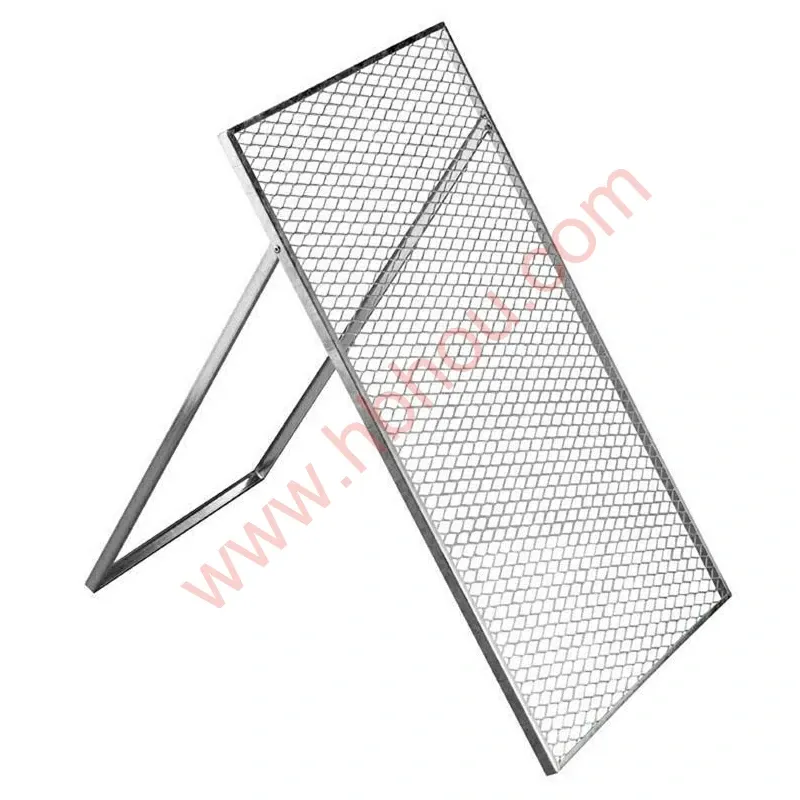Expanded Metal Mesh Versatility and Applications
Expanded metal mesh, often referred to as expanded mesh or simply expanded metal, is a material that consists of sheets of metal that have been mechanically slit and stretched to create a mesh-like structure. This innovative fabrication process enables the creation of a variety of patterns with different open areas, thicknesses, and sizes, making expanded metal a versatile choice for numerous industrial and architectural applications.
One of the most notable characteristics of expanded metal mesh is its strength-to-weight ratio. The process of expansion removes metal while maintaining structural integrity, resulting in a lightweight yet strong material that can withstand various stresses. This property makes it suitable for heavy-duty applications, including industrial equipment guards and safety barriers. The open nature of the mesh also allows for ventilation and visibility, further enhancing its practicality in diverse settings.
In construction and architecture, expanded metal mesh serves both functional and aesthetic purposes. It is commonly used as a cladding material, offering an attractive façade that can be manipulated for light control and privacy. Architects appreciate the design flexibility that expanded metal provides, allowing them to create unique patterns and textures that enhance a building’s visual appeal. Additionally, the material can serve as a form of shading or sun screening, improving energy efficiency by reducing heat gain in buildings.
Another significant application of expanded metal mesh is in the field of security. Its rigid structure can provide effective barriers while also allowing for visibility, making it ideal for fencing, gates, and protective screens. Businesses often utilize expanded metal for warehouse security, to protect valuable assets while keeping the premises well-ventilated and visible to on-site personnel. In residential settings, expanded metal can be used for security doors and window screens, offering an added layer of protection without sacrificing aesthetics.
expanded metal mesh

In the automotive industry, expanded metal mesh is utilized in various components, from grills to body panels. It offers lightweight solutions that contribute to overall vehicle efficiency, while its durability ensures that it can withstand the rigors of daily use. Furthermore, in the field of electrical engineering, expanded metal is often used for shielding purposes, protecting sensitive electronic components from electromagnetic interference.
The ease of installation is another advantage of expanded metal mesh. Sheets can be cut and fabricated easily into different shapes and sizes, making it a practical choice for architects and builders. Additionally, the material can be finished in various coatings and textures, including powder coating, galvanization, and painting, allowing it to blend seamlessly into its intended environment. This adaptability is particularly valuable in modern design, where custom solutions are often required.
Environmental sustainability is an increasingly important consideration in manufacturing and construction. Expanded metal mesh is often made from recyclable materials, which contributes to sustainable practices. Its longevity and low maintenance requirements further enhance its environmental appeal, as it reduces the need for frequent replacements or repairs.
In conclusion, expanded metal mesh is a remarkable material that offers a unique blend of strength, flexibility, and aesthetic potential. Its myriad applications across industries—from construction and security to automotive and electrical engineering—highlight its versatility and value. As the demand for innovative building materials continues to grow, expanded metal mesh remains a popular choice for architects, builders, and manufacturers looking to combine functionality with design. Whether in industrial settings or residential designs, expanded metal mesh is sure to play a significant role in the future of construction and design.
















